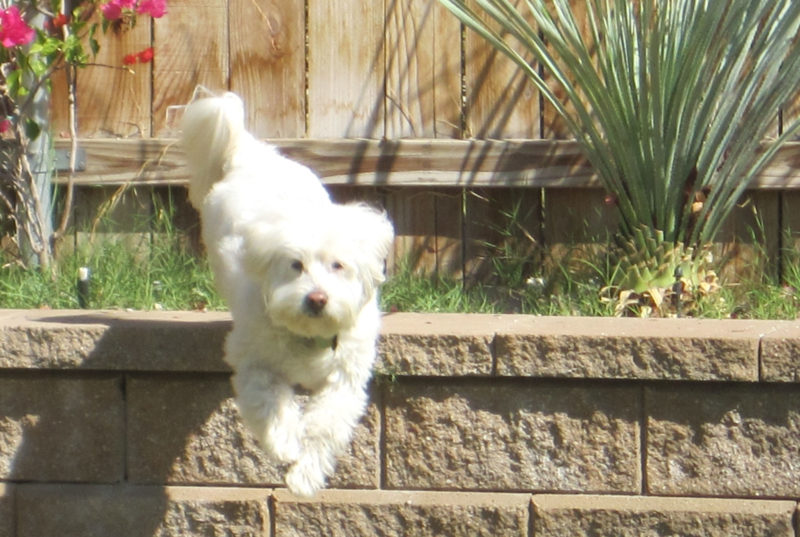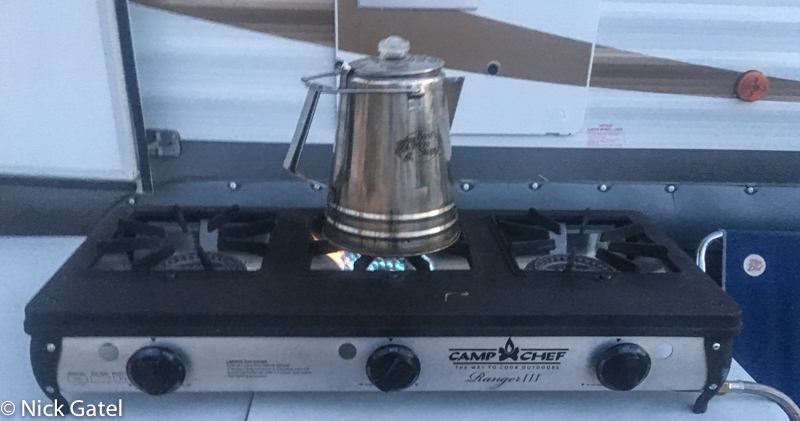20 Sep
We’ve been at Lake Mead for over two weeks. Many people couldn’t stay in one place this long. I can. There is plenty to do and see – one just needs to learn how to slow down and take a micro-look at their surroundings. Every day Corky and I walk and explore. I see eye-candy, Corky smells dog-candy.
Today we are sitting by the lake. It will be the last day of this trip. Time to go home.
I have often written here about Lake Mead Recreational Area. What first attracted my attention were the vast wilderness areas, potentially prime backpacking destinations that became achievable due to the proximity of water in Lake Mead. Often times getting to the lake and water isn’t an easy task, and for the inexperienced can result in bad outcomes, to include death. However, sometimes a little risk returns huge dividends. I wrote about some of these backpacking trips in:
The Eye Candy Backpacking Trip (2014)
Often camping trips with Joyce spark an interest for areas to explore via a backpacking trip. Other times camping trips inspire me to explore the history of an area. Lake Mead Recreational Area has ticked of all these buttons. From backpacking trips into the backcountry and numerous tours inside Hoover Dam, the area just mesmerizes me. Continue reading The Seventeenth Day after the Day After

